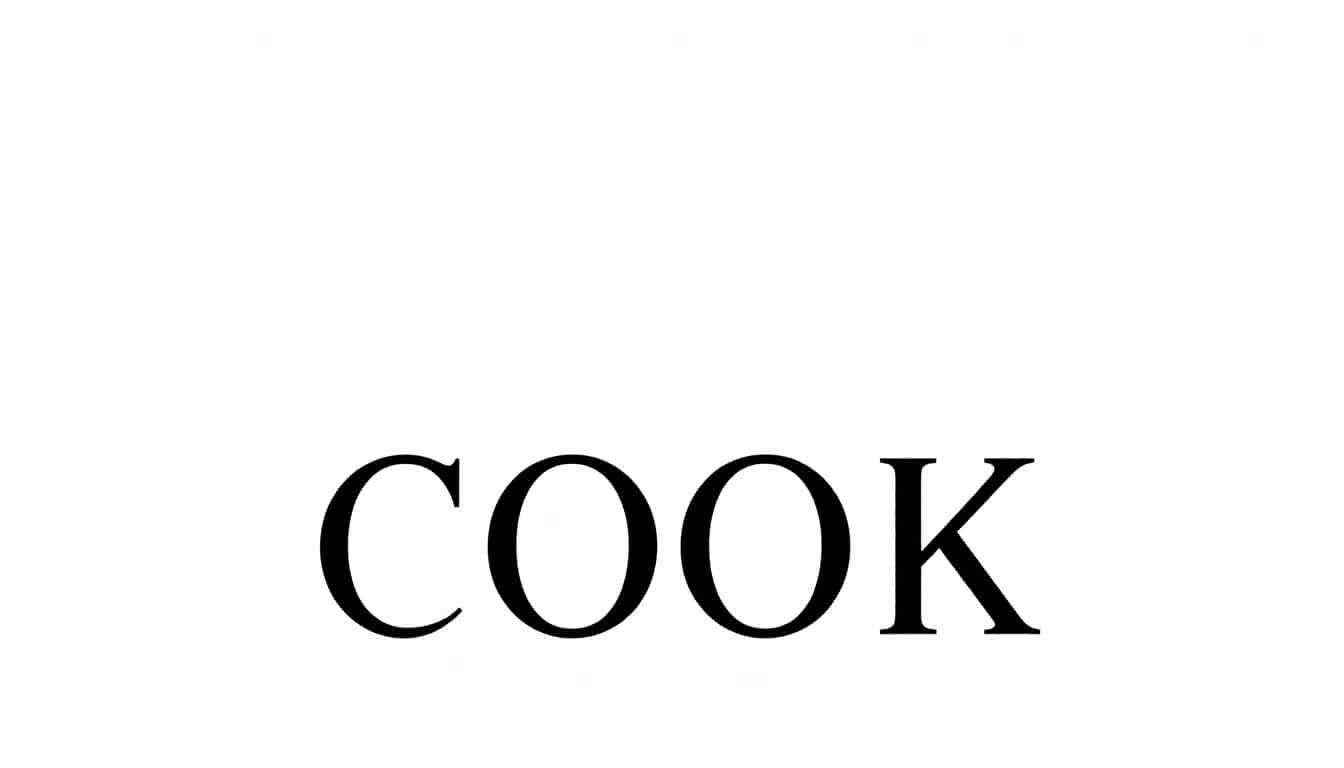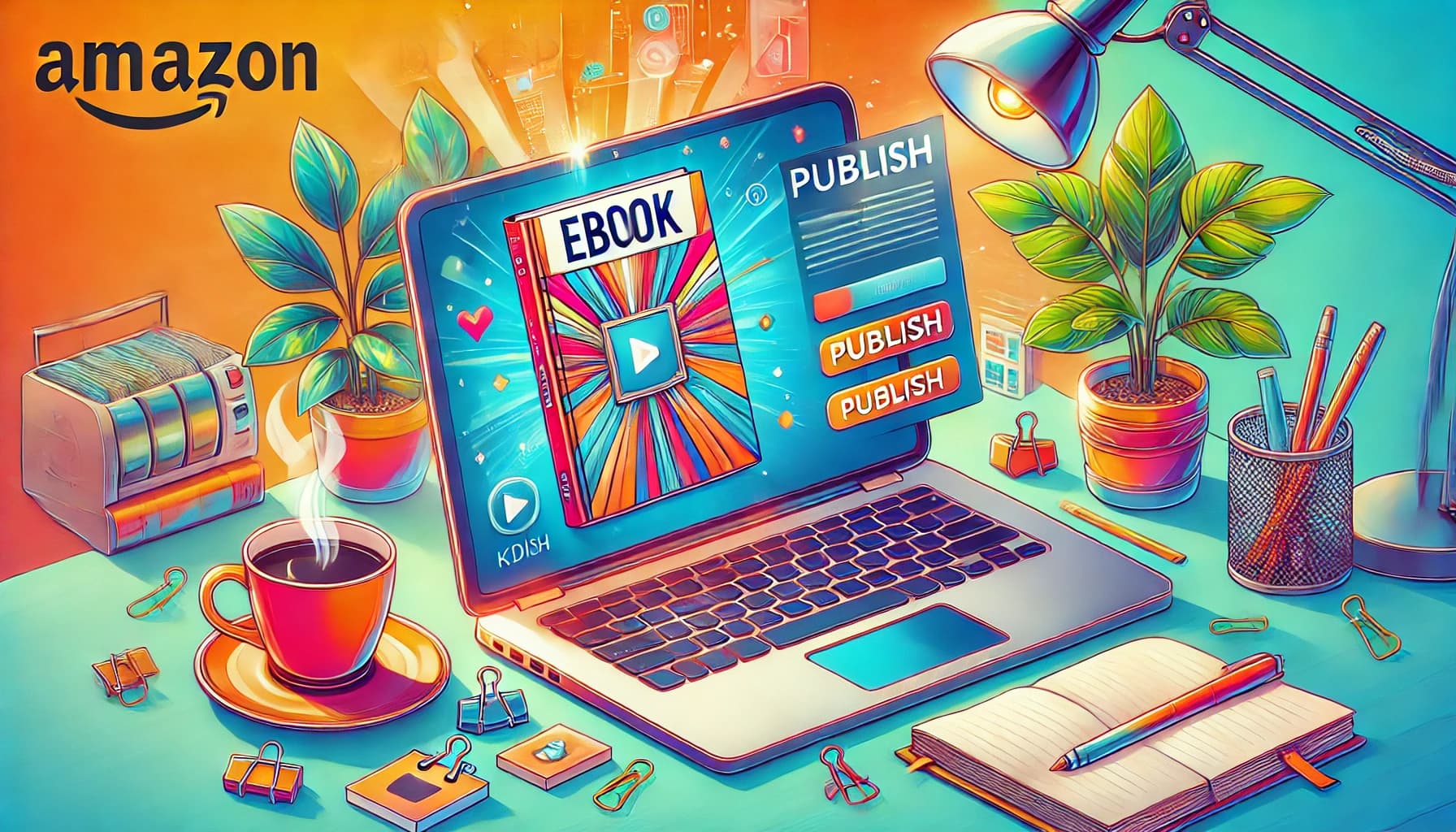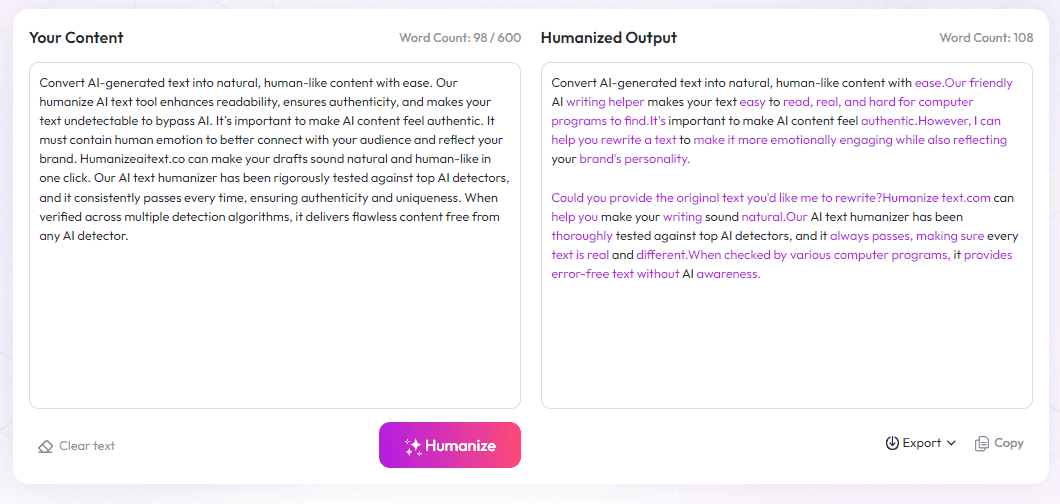Table of Contents
I get it—making book covers stand out with the right typography isn’t always easy. Sometimes it feels like choosing fonts and styles is overwhelming, and you’re not sure what will catch a reader’s eye. But if you keep reading, I promise you’ll discover simple tricks to make your covers pop and look modern.
We’ll cover how bold and big fonts can help your book make a statement, how minimalist styles work well at any size, and why modern fonts like sans-serif and hand-lettered styles are trending. Stick around, and you’ll find practical tips to turn plain typography into a powerful visual tool for your covers.
Key Takeaways
Key Takeaways
- Big, bold fonts on book covers grab attention quickly and work well in 2025, making your title the main focus and helping your book stand out both in stores and online.
- Minimalist typography with clean fonts makes covers versatile, easy to read at any size, and adds a modern, elegant feel without clutter.
- Modern fonts like sans-serif are popular for their clarity, while hand-lettered styles add personality. Pairing these can help match your book’s genre and vibe.
- Design your cover by making typography the star—use large, simple fonts and high contrast to ensure readability, especially in small digital previews.
- Mixing fonts with symbols, icons, or subtle illustrations creates visual interest and helps tell a clearer story through your cover.
- Choose fonts that suit your genre, prioritize clarity and spacing, and keep colors simple yet striking. Always test how your cover looks at different sizes for best effect.

1. Use Bold, Large Typography to Make a Statement
Bold, oversized fonts are taking over book covers in 2025, with titles occupying up to 80% of the cover space. This trend ensures that your book immediately grabs attention, even from a distance or as a thumbnail online.
Using big, impactful lettering in genres like contemporary fiction and self-help helps your book stand out on crowded shelves and digital stores alike. Think of it as shouting, but in a stylish, gridlocked way—your title becomes the star of the show.
To master this trend, choose strong, commanding fonts that can fill large areas without losing clarity. Fonts like bold sans-serif or experimental oversized styles are popular choices. This approach makes your cover memorable and ensures your title is the first thing people notice.
In 2025, the goal is to make the typography a visual statement that reflects the mood and genre of your book, whether it’s a sleek, minimalist look or a bold declaration. Remember, a large font not only draws attention but can also communicate confidence and clarity at a glance.
2. Design Minimalist Typography That Works in Small and Large Sizes
Minimalist typography is more than just a trend; it’s a smart strategy for versatile book covers. Clean fonts with straightforward layouts make your cover easy to read at any size. This is especially helpful in the digital age, where covers appear as thumbnails or small icons on screens.
To nail minimalist design, focus on using simple, sans-serif fonts that look good both in tiny sizes and when scaled up. White space and minimal elements highlight your chosen typography, preventing clutter and creating a modern, elegant look.
Pro tip: Aim for clarity and balance—test how your font appears on both small digital previews and larger print covers. This ensures that your design remains effective and eye-catching no matter where it’s viewed.
In 2025, many successful covers blend bold, impactful type with minimal visuals, making typography the main event. This approach leaves room for textures or subtle details that only reveal themselves up close, adding depth without cluttering the overall look.
3. Choose Modern Fonts: Sans-Serif Dominance and Hand-Lettered Styles
Modern fonts dominate the landscape of book cover typography today. Sans-serif fonts are favored for their clean, sleek appearance and readability, especially in large and small formats.
At the same time, hand-lettered styles are gaining popularity because they add a personal, artistic touch that can evoke emotion or uniqueness. Combining a simple sans-serif with a hand-lettered element can give your cover a contemporary yet authentic feel.
When selecting fonts, consider your genre: contemporary novels often benefit from bold, geometric sans-serif fonts, while creative nonfiction or memoirs might be better suited to expressive hand-lettered styles. Experimenting is key—try pairing fonts to see what resonates.
A quick tip: use a font that aligns with your book's theme and audience. For instance, a confident, modern typeface can instantly communicate freshness or innovation, helping your cover stand out in a competitive market.

4. Make Typography the Focus of the Cover Design
In 2025, the main goal is to turn typography into the star of your book cover.
This means minimizing visual distractions and letting your font choice and size do all the heavy lifting.
Start with a clear, bold font that commands attention and build the design around it.
Use color contrasts sparingly to keep the focus on your words—think stark black on white or bright, eye-catching hues that complement your font style.
Remember, even a simple design with a powerful, large-font title can make a big impact, especially when digital thumbnails are small.
Pro tip: test how your cover looks in thumbnail size; if the title is unreadable, keep it simple and bigger.
5. Combine Typography with Symbols and Illustrations
Mixing fonts with symbols, icons, or minimalist illustrations can elevate your cover and draw more interest.
For example, a self-help book might pair a bold title with a subtle arrow or heart symbol to reinforce the message.
Use illustrations that don’t compete with your typography but instead enhance it—like simple line drawings or textures that add depth without clutter.
Playing with contrast—bold fonts paired with delicate icons—can create a visual hierarchy that guides the eye.
Think of your cover as a visual story, where typography and images work in harmony to communicate your book’s essence.
Tip: experiment with overlays or overlays of text on textured backgrounds for a subtle, layered look that reveals details when viewed up close.
6. Follow Practical Tips for Effective Book Cover Typography
Getting your typography right isn’t just about choosing a cool font; it’s about strategy and clarity.
First, pick fonts that match your genre and vibe—modern sans-serifs for contemporary stories, expressive scripts for romance, or experimental styles for niche genres.
Second, prioritize legibility—test your cover at different sizes, especially as thumbnails on Amazon or social media.
Third, play with spacing: too tight, and words become illegible; too loose, and the design feels disconnected.
Fourth, keep color contrast high enough for clarity but harmonious enough to be appealing.
Finally, don’t forget balance—use negative space to give your typography room to breathe and avoid overcrowding.
Actionable tip: use tools like (https://fonts.adobe.com/) or (https://fonts.google.com/) to explore trendy fonts, then mock up your cover in software like Canva or Photoshop.
FAQs
Use large, bold fonts with high contrast colors and simple backgrounds to ensure the typography captures attention and communicates the book's message effectively.
Choose clean, legible fonts and avoid overly intricate designs. Test typography at different sizes to maintain clarity and visual appeal across all formats.
Sans-serif fonts are common for modern looks, while hand-lettered styles add a personal touch. Both styles help create a clean and contemporary design aesthetic.



